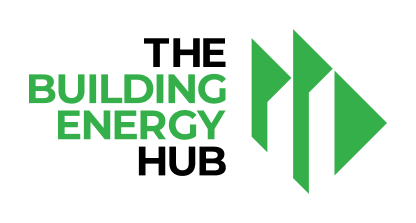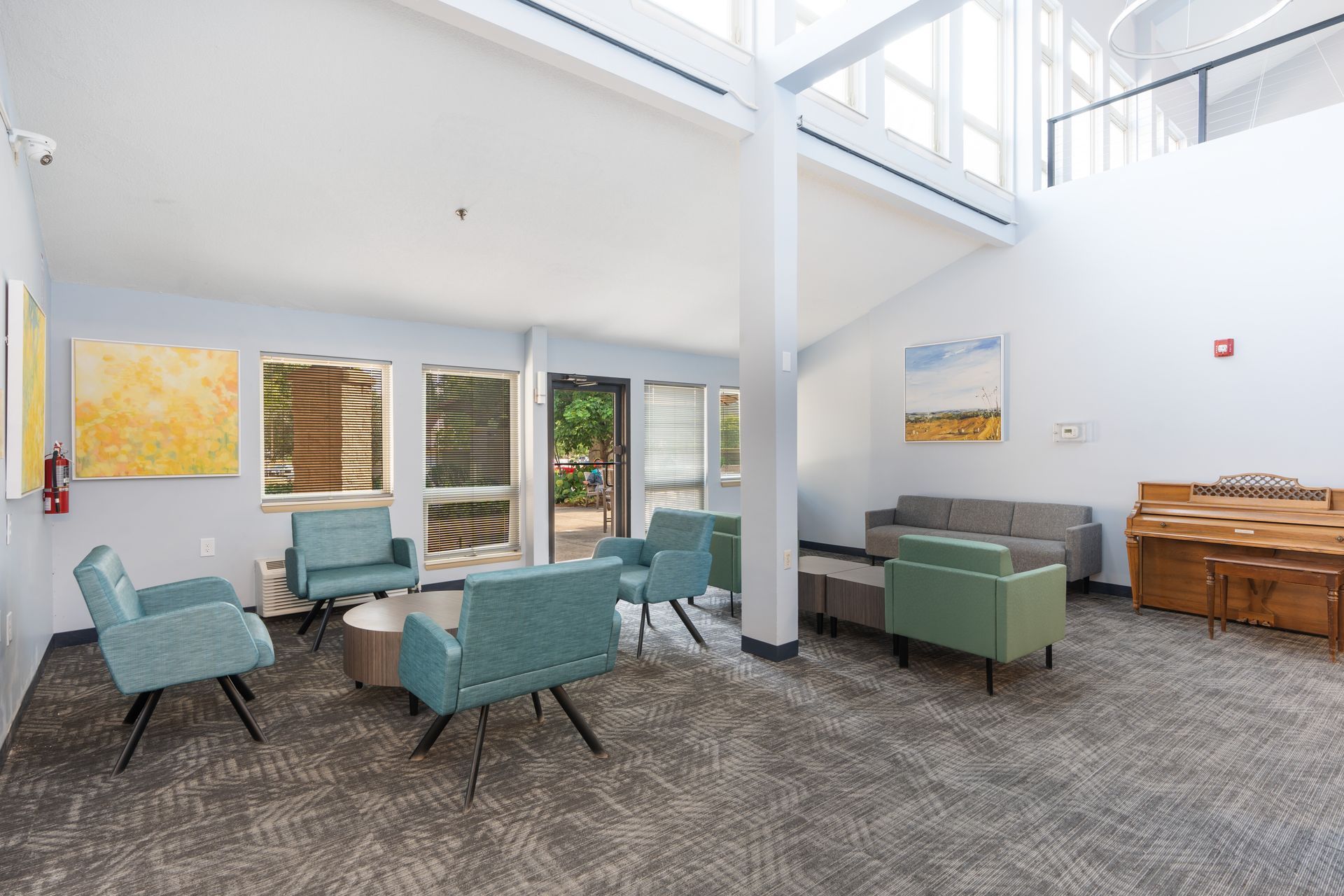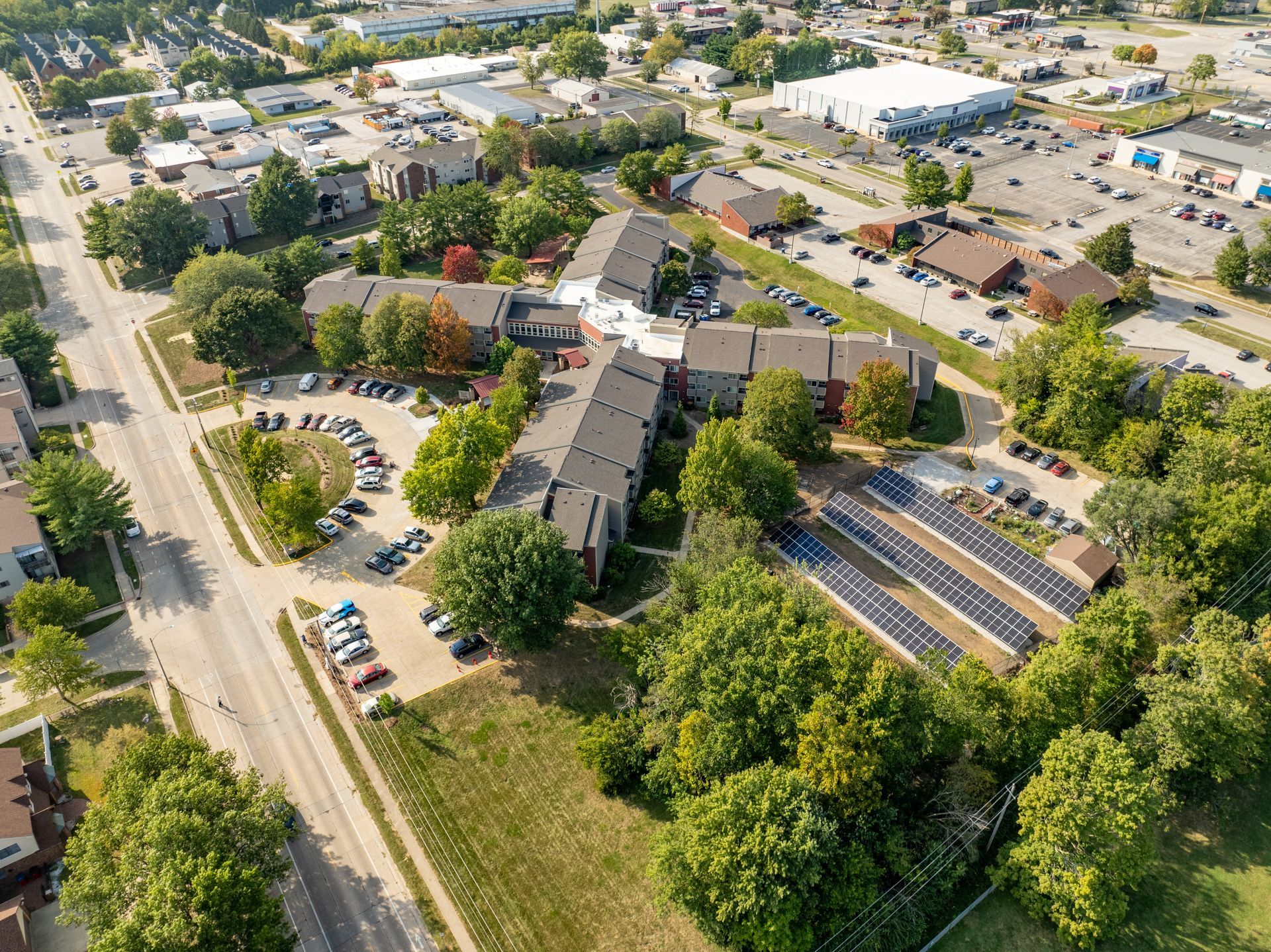Building Energy Hub Case Study: Round Barn Manor
Project Overview
Location: Champaign, Ill.
Owner: Round Barn Manor IL Preservation, L.P.
Year Built: 1978
Year Retrofit Began: November 9, 2023
Year Completed: September 30, 2024
Total Project Cost: $38,465,507
Financial incentives leveraged:
Solar investment tax credits: $298,000
HUD Green and Resilient Retrofit Program (GRRP) Grant Elements Award: $750,000
Ameren Smart Inverter Rebate: $20,000+
* Current cost estimates; likely to change.
Project Team:
Architect of Record: Bailey Edward
Developer: Related Affordable / Related Midwest
Solar Installer: Rethink
General Contractors: LR Contracting
Energy and Cost Savings Data:
* Comparison: November 2023-April 2024 vs. November 2024-April 2025
Dollar Difference in Cost YOY: -$5,630
Percent Change in Cost YOY: -16.2%
Change in kWh Sources YOY: -32,697
Percent Change in kWh Sourced YOY: -10.33%
Background
Round Barn Manor is a 156-unit affordable housing complex for seniors located in Champaign, Ill. Originally built in 1978, the property was in need of recapitalization along with upgrades to extend its useful life, align it with current building standards, and contribute to the growing market for sustainable, energy-efficient housing.
Given this diverse set of needs, the owners had three main motivations for moving forward with a sustainable retrofit: (i) to modernize the building and improve the quality of life for residents; (ii) to reduce long-term operating costs through improved energy efficiency; and (iii) to extend the Section 8 contract for another 20 years to provide affordable housing in the community.
A major priority was to incorporate renewable solar energy into the retrofit to reduce long-term electricity costs. This decision was made possible by federal legislation, the Inflation Reduction Act, that expanded access to clean energy financial tools.
The owners partnered with a syndicator, Merchants Bank, who was able to purchase the Solar Investment Tax Credit (ITC), which brought in approximately an additional $298,000 in equity and made the renewable energy component of the project financially viable. Additionally, the project received a $750,000 grant from HUD's Green and Resilient Retrofit Program (GRRP), which supported the installation of a ground-mounted solar array and energy-efficient LED lighting.
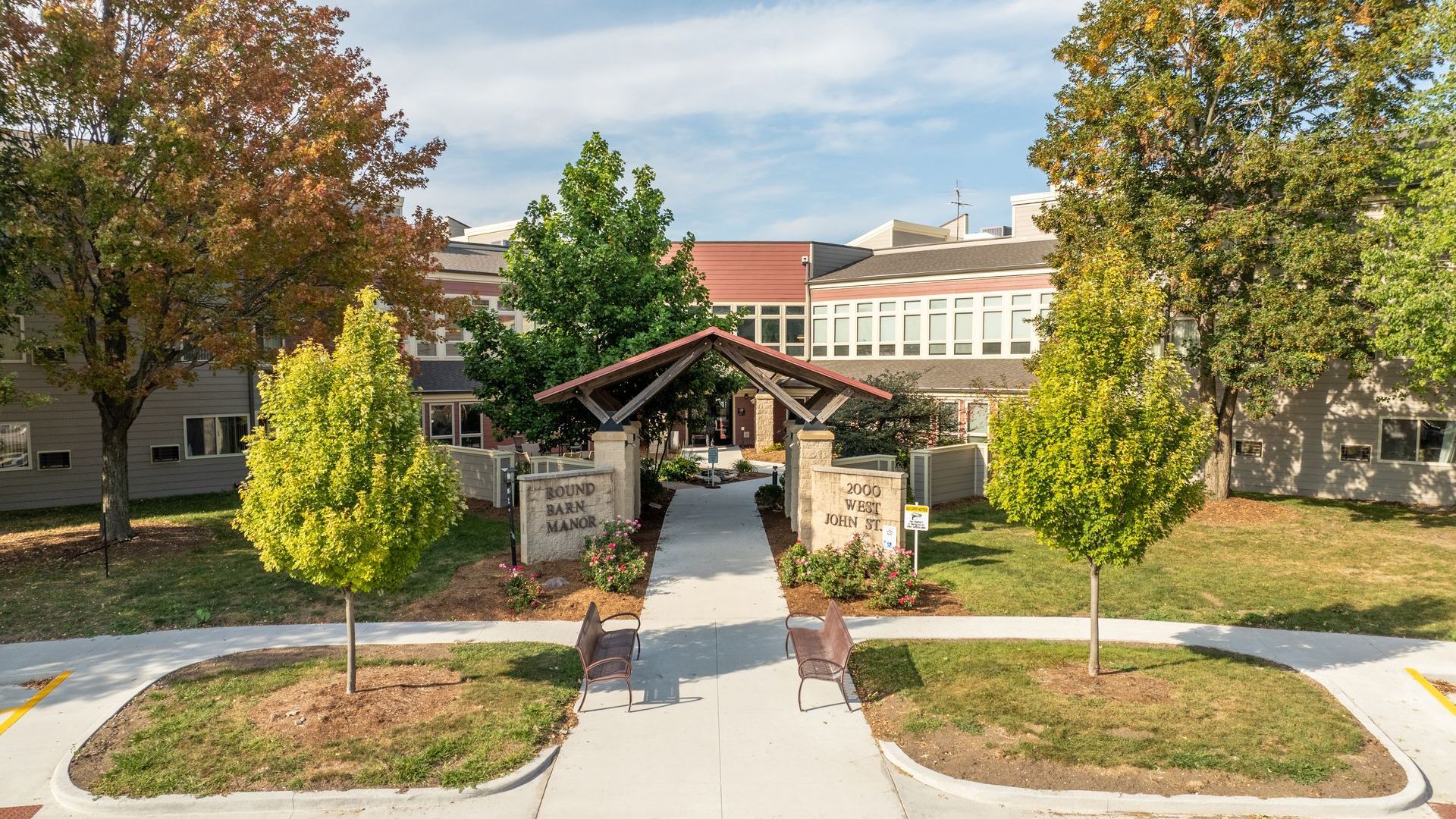
Project Timelines and Milestones
- Late 2022: The passage of new clean energy financial incentives through the Inflation Reduction Act made it feasible to incorporate solar into the project through the ITC.
- Q4 2023: The owners completed the recapitalization of the property with an updated financing structure, including the syndication of the ITC.
- Early-Mid 2024: The project team executed the building upgrades, energy efficiency improvements, and solar installation.
- Mid 2024: The building improvements were completed, and the solar ground mount array was brought online, reducing the property’s carbon footprint and utility burden.

Sustainability Investments and Upgrades
The retrofit of Round Barn Manor was designed to significantly improve the building’s energy performance and environmental impact. Several key strategies were implemented to reduce energy use, improve resident comfort, and align the property with current green building standards.
- Solar Ground Mount Installation: A ground mount solar PV system was installed with support from a syndicator that purchased the Solar Investment Tax Credit. This system offsets a portion of the building’s common area electricity use, lowering utility costs and reducing reliance on the grid.
- LED Lighting Upgrades: All interior and exterior lighting was converted to high-efficiency LED fixtures, reducing lighting-related electricity use while improving visibility and safety for residents.
Taken together, these improvements helped modernize the building, lower operating costs, and contributed to the owner’s broader carbon reduction goals. And given the federal incentives that were utilized, the project was both environmentally and financially responsible.
Cooperation Between Project Team and Building Operations and Management
The successful execution of the project depended on close coordination between internal building operations and the external project team. Internally, the developers worked hand-in-hand with the property management and maintenance staff from the earliest planning stages, holding weekly planning calls to stay up to date on details. Their on-the-ground knowledge of the property helped shape the construction phasing, informed decisions on system upgrades, and ensured that resident needs remained front and center.
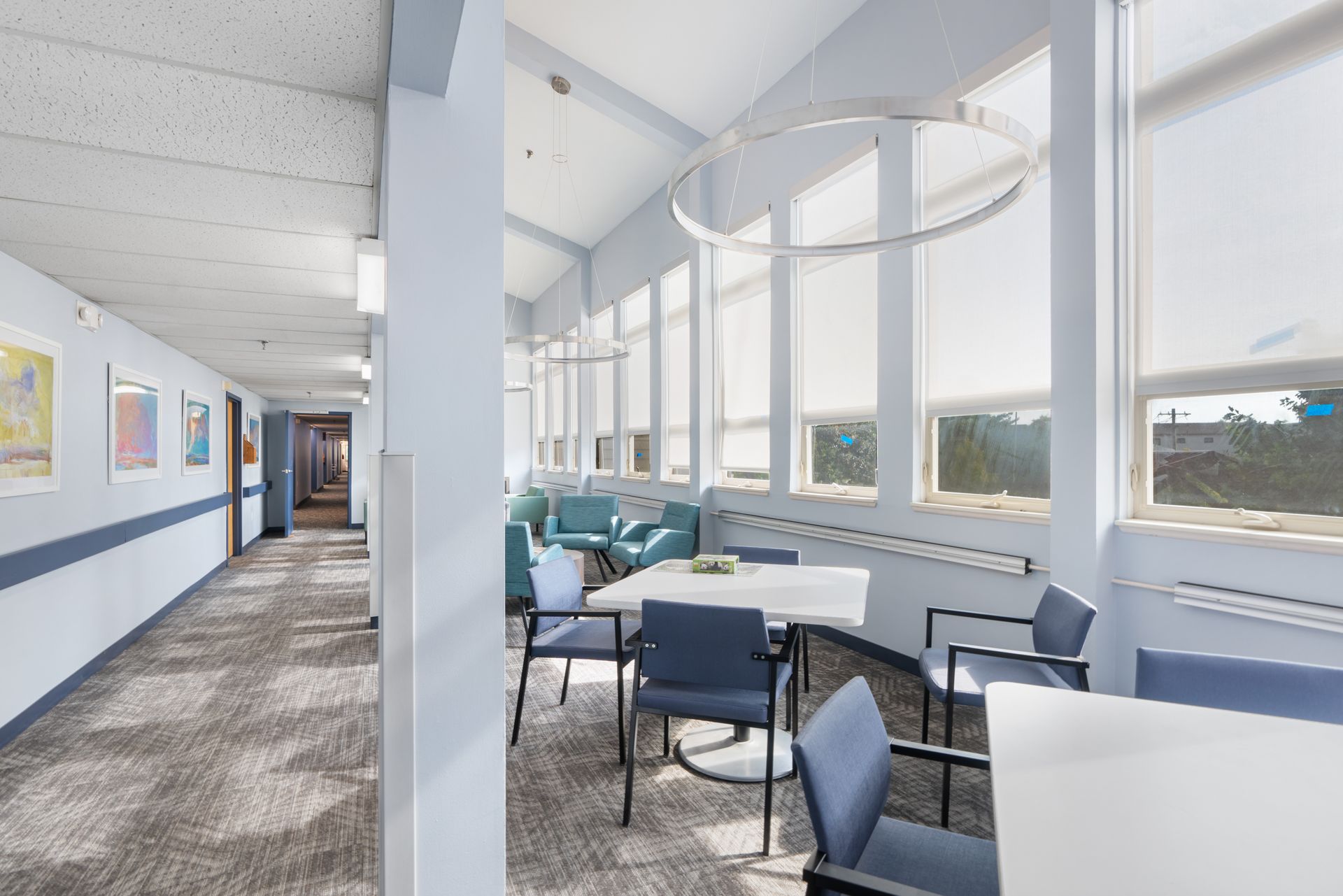
Related’s development team also maintained regular communications with their general contractor, architect, engineers, and relocation consultants. They held weekly progress meetings to monitor timelines, identify potential issues early, and adjust sequencing as needed to minimize disruption. They also ensured that sustainability consultants and compliance advisors were involved throughout, so that both energy goals and program requirements were consistently met.
The key to success was creating clear lines of communication, setting shared expectations from the start, and actively incorporating feedback from all stakeholders as the project moved forward. By bringing both internal and external teams into a coordinated process, Related was able to deliver a high-quality outcome that met their performance, compliance, and resident experience goals.
Minimizing Tenant Disruptions
In order to minimize the disruption to the building’s existing tenants, thorough communication and coordination with tenants was central to the team’s construction approach. From the outset, Related worked closely with the relocation specialists and property management team to develop a detailed phasing plan that prioritized minimizing disruption to residents.
They provided clear, consistent communication about the construction schedule, access limitations, and expectations by conducting in-person meetings and providing on-site staff support. For in-unit work, they coordinated directly with each household.
Temporary relocation was offered in limited instances, and in those cases, the developer ensured that residents were relocated close by and were returned to their homes as quickly as possible. Ultimately, by leading with transparency and respect, Related was able to complete a complex rehab project while keeping tenants safely in place and engaged as partners in the process.
Project Challenges
Given that the deal was a Low-Income Housing Tax Credit (LIHTC) transaction, the team was on a tight schedule and budget. Related had to deliver the tax credits in 2024 and within a 12-month schedule—which they were able to accomplish. There weren’t any major issues during construction. One critical component to the success of the rehab was walking the site weekly with management and construction to ensure any issues that arose were immediately addressed or a decision rendered. This helped Related maintain progress on the project.
Project Results
Over the first six months since the solar array came online at Round Barn Manor, the property has seen a 16.2% reduction in electricity costs, saving more than $5,500 compared to the same period the previous year. While grid energy purchases decreased by over 32,000 kWh (a 10% reduction), the solar system also produced 1,900 kWh of excess energy that was returned to the grid. The property is also participating in the Illinois Shines Adjustable Block Program, which brings in additional income for the solar energy generated on site.
